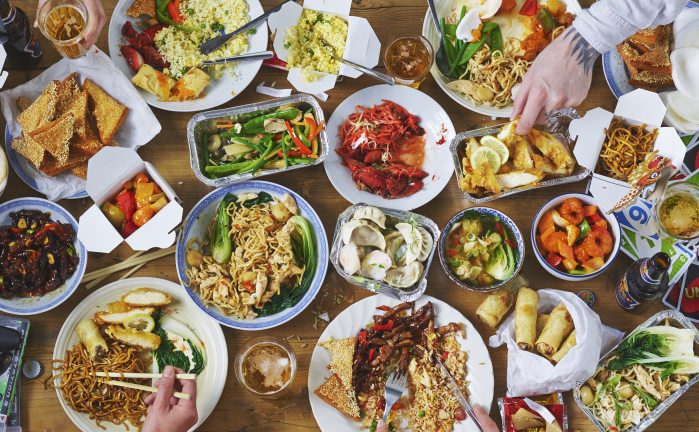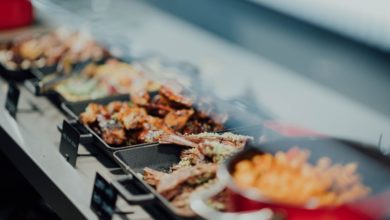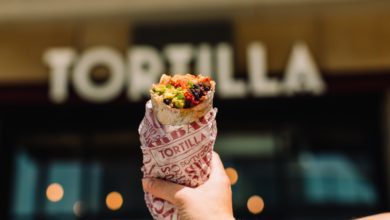Take me home – The future of the food industry

For better or worse, whether it be multi-channel cable television, police sirens or chlorinated chicken, the UK will always lag behind the US, and then eventually catch up. Right now, the Covid-19 pandemic has joined forces with the tech revolution (and our peculiar national obsession with copying the Americans) to transform the restaurant market.
Between 2014 and 2017 there were 4000 additional fast food outlets established in the UK, an increase of a whopping 8%. The explosion in the fast food market was such as to cause obesity concerns amongst public health officials. Now, with the likes of Deliveroo, Uber Eats and Just Eat delivering from these fast food outlets as well as from more up market options, the dynamic of eating in is changing at the same time as the dynamic of eating out.
This change of emphasis has been intensified by the lockdown. In mid-March 2020, home delivery orders fell sharply as concerns about safety and closure of outlets hit the market from the outset, but very soon they started to rise again and by the end of the month had recovered strongly as confidence grew and people confined to their homes grew bored of home cooking (what the Financial Times called “cooking fatigue”).
Given that restaurants couldn’t admit patrons until the lockdown was relaxed, they had to explore options to recoup fixed expenses and continue their business in whatever way possible. Even Mayfair’s Sexy Fish was doing takeaway by June. The delivery companies couldn’t believe their luck. Not only has demand for their product ballooned, but they are imposing their own presence on the new food paradigm as well. As the lockdown eases phase by phase, while we expect to see an initial spike in the demand for eating out as patrons flock to their favourite eateries which are open again, the “new normal” will be having meals delivered home far more frequently than before. Affordability will become a key competitive driver as the market is flooded with potential demand.
What does this all mean for the future of new Food and Beverage locations? A great deal many more businesses will need to be set up with the concept of delivery built into their DNA. This will range from menu options to look and feel, especially the physical separation of delivery vehicles and dining areas. We will start to see restaurants which have the appearance of destinations but are essentially takeaways where you can sit down (a phenomenon familiar to many fish and chip shops of old). The key for restaurateurs will be where to strike the balance of desirability, such that you can maximise the sale of alcohol and premium food, while not ignoring your key delivery market.
Another key factor will be the geographical impact of the Covid-19 pandemic, a driver which will affect the entire hospitality industry but could potentially be a boon for local restaurateurs. Put simply, if fewer people are commuting to work, which now seems inevitable, that will be a huge blow to not only the City centre lunch market (as providers are feeling only too much in these areas) but also their dinner market (as commuters will surely be greatly reluctant to eat out in City centres on days when they work from home).
However, it could mean that local providers are able to take up the slack as commuters (or ex-commuters) connect with their own living surroundings much more closely. Expect a resurgence in the suburbs as they become live/work areas in their own right. And the renascent tech delivery market will be there every step of the way.
By Julien Allen, partner at Trowers & Hamlins LLP
















